Creating the perfect thermal environment for reptiles is essential for their health, digestion, and overall well-being. Unlike mammals, reptiles are ectothermic, meaning they rely on external heat sources to regulate their body temperature. The heating method you choose can significantly impact your reptile’s comfort, stress levels, and even lifespan. With various options available in the market—from heat lamps to heating pads, ceramic heaters to radiant panels—selecting the right one can be overwhelming for both new and experienced reptile keepers. This article explores the safest heating methods for reptile enclosures, considering factors like heat distribution, fire safety, temperature regulation, and species-specific requirements.
Understanding Reptile Thermoregulation Needs
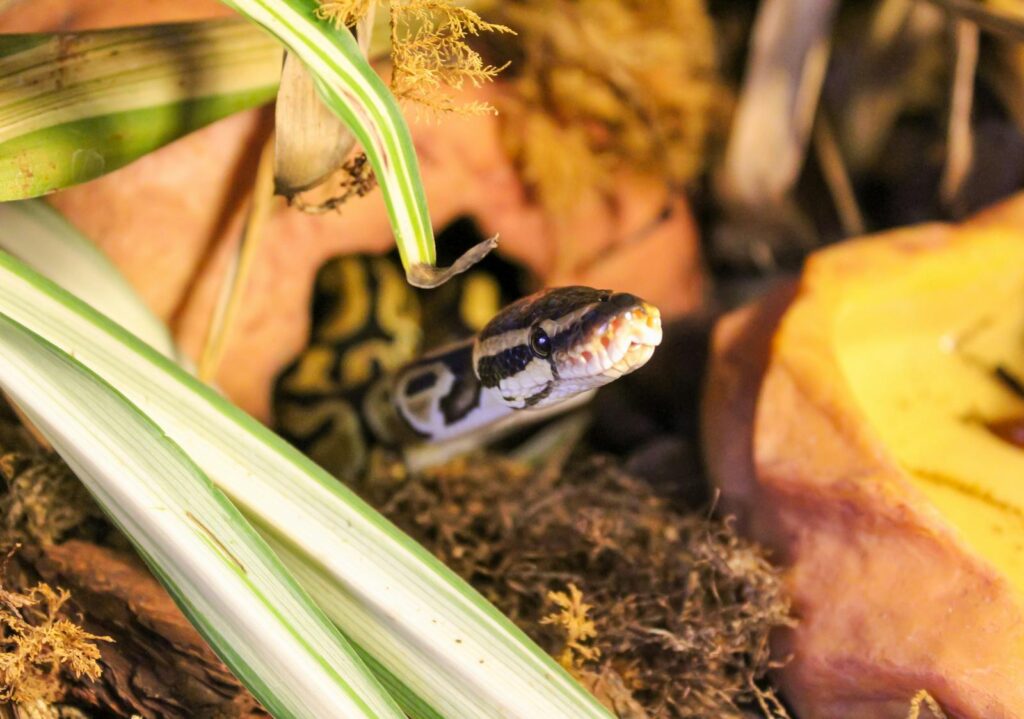
Reptiles require a temperature gradient within their enclosure that allows them to move between warmer and cooler areas as needed. This thermal gradient is crucial as it mimics natural conditions where reptiles would bask in the sun and retreat to cooler spots throughout the day. Different species have evolved in various climates and therefore have specific temperature requirements. Desert species like bearded dragons typically need higher basking temperatures (95-110°F) than tropical species like certain geckos (80-90°F). Understanding your specific reptile’s natural habitat and temperature preferences is the first step in choosing appropriate heating methods. Additionally, many reptiles require a temperature drop at night, which means heating systems should be adjustable or controllable via timers.
The Importance of Thermostats and Temperature Monitoring
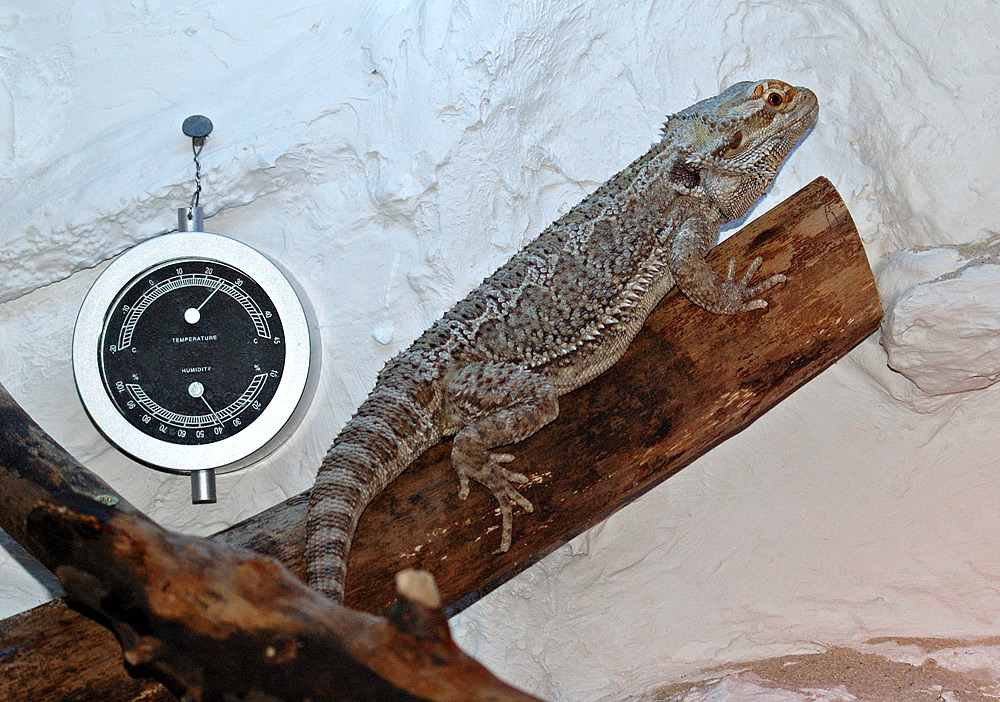
Regardless of which heating method you choose, using a reliable thermostat is non-negotiable for reptile safety. Thermostats prevent overheating by automatically cutting power to heating elements when temperatures exceed set limits. Without proper regulation, heating devices can reach dangerous temperatures that can burn reptiles or even cause fires. Digital thermostats offer greater precision than analog models and often allow for programming different day and night temperatures. For accurate monitoring, place thermometers at both the warm and cool ends of the enclosure, and check them regularly. Infrared temperature guns are also valuable tools for spot-checking surface temperatures throughout the enclosure, especially at basking sites.
Ceramic Heat Emitters: Long-Lasting Ambient Warmth
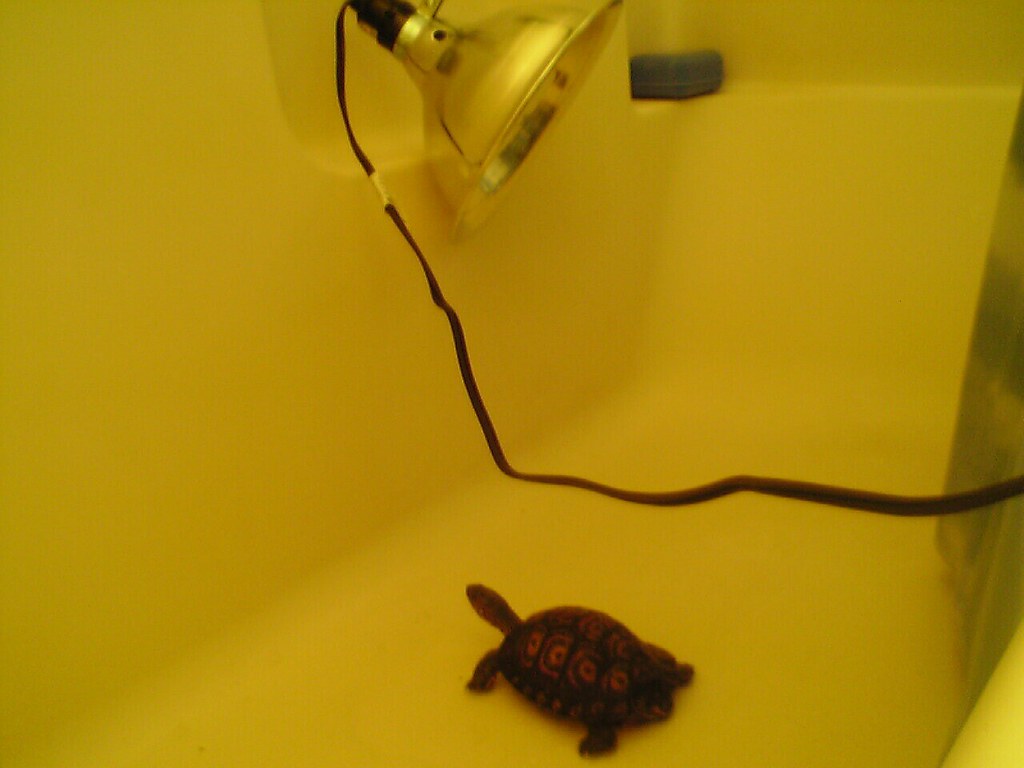
Ceramic heat emitters (CHEs) are excellent choices for providing ambient heat without light, making them ideal for 24-hour heating needs. These ceramic devices emit infrared heat (not visible light) that warms the air and surfaces in the enclosure. CHEs can last up to 5 years with proper use, making them cost-effective long-term options. Unlike light-emitting bulbs, they don’t disrupt animals’ day-night cycles and can be safely used overnight to maintain appropriate nighttime temperatures. When using CHEs, always mount them securely in appropriate ceramic sockets rated for their wattage, and position them at a safe distance from animals to prevent burns. For larger enclosures, multiple lower-wattage CHEs often provide more even heating than a single high-wattage unit.
Radiant Heat Panels: Safe Overhead Heating
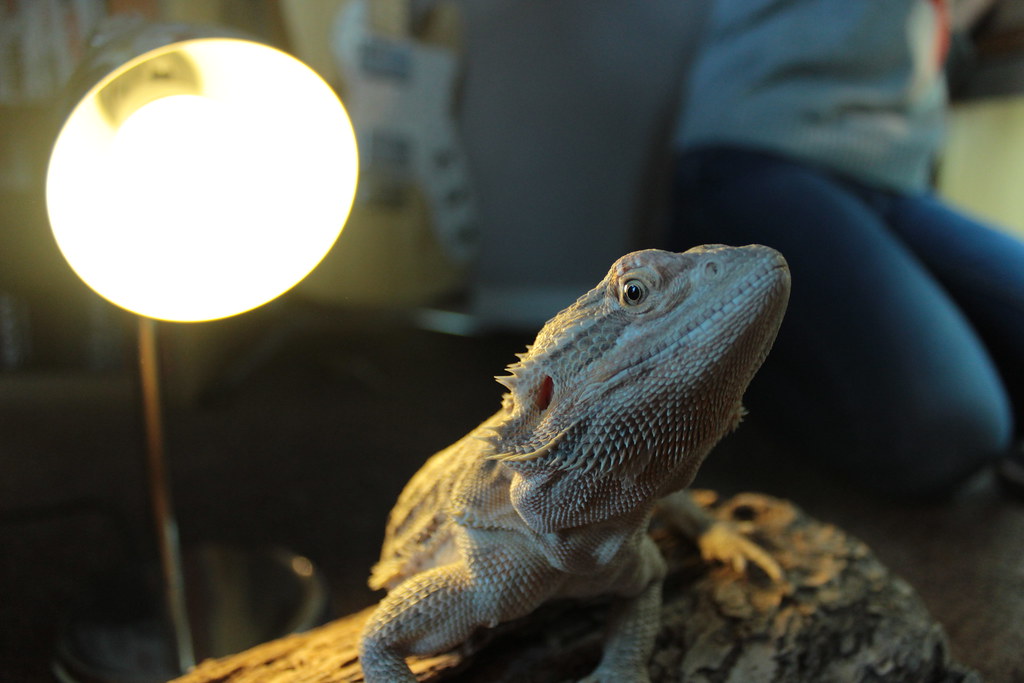
Radiant heat panels represent one of the safest overhead heating options available for reptile enclosures. These flat panels mount to the ceiling of the enclosure and produce infrared heat that warms objects rather than air, similar to how the sun warms the earth. The panels operate at relatively low surface temperatures compared to other heaters, reducing burn risks while still providing effective warmth. They distribute heat evenly across a wider area than spot heaters like bulbs or CHEs, creating broader basking zones that accommodate larger reptiles or multiple animals. Radiant panels are particularly valuable in large enclosures, wooden vivaria, or custom-built habitats where traditional bulbs might pose fire hazards. Many professional reptile facilities and zoos use radiant panels for their reliability and safety record.
Heat Mats and Under-Tank Heaters: Understanding the Risks
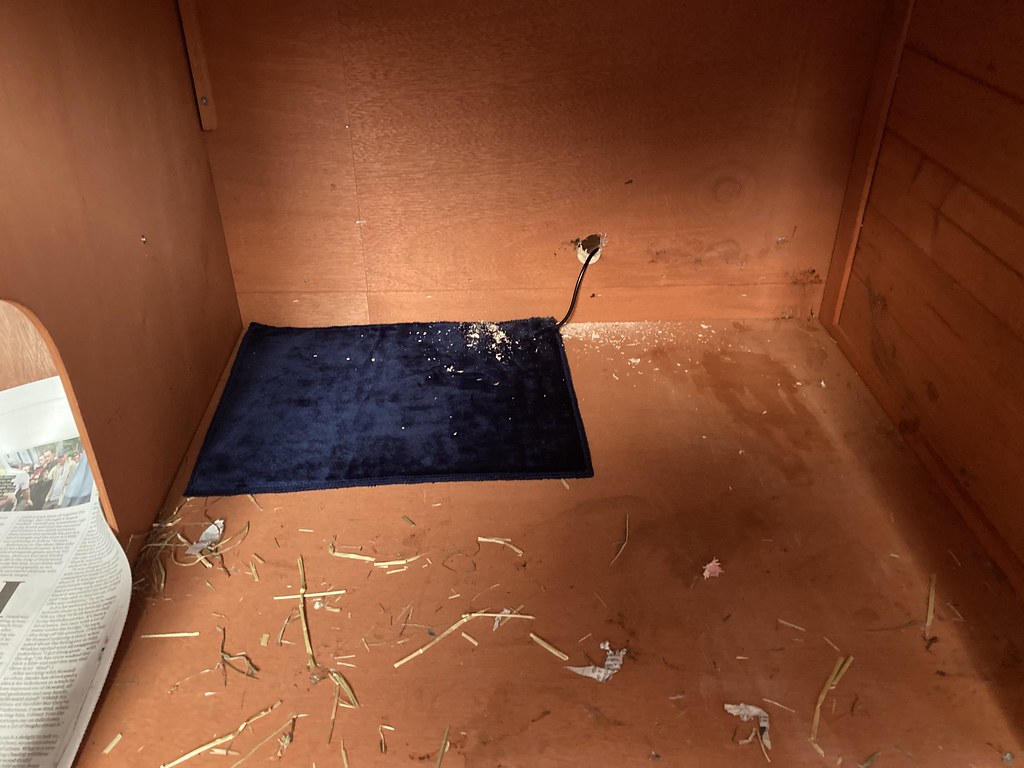
Heat mats and under-tank heaters (UTHs) are popular heating options that provide belly heat for reptiles, mimicking the way rocks retain solar heat in nature. However, they must be used carefully to avoid safety issues. Always connect UTHs to thermostats to prevent overheating, as unregulated heat mats can reach temperatures exceeding 120°F, potentially causing severe burns or cracking glass tanks. Never place heat mats inside the enclosure where direct contact with animals is possible. For proper installation, place UTHs under one side of the enclosure (typically covering 30-40% of the floor area) to create a proper thermal gradient. Heat mats work best with thin substrates; thick bedding can insulate heat and cause the mat to overheat while preventing warmth from reaching your reptile.
Deep Heat Projectors: New Technology for Better Heating
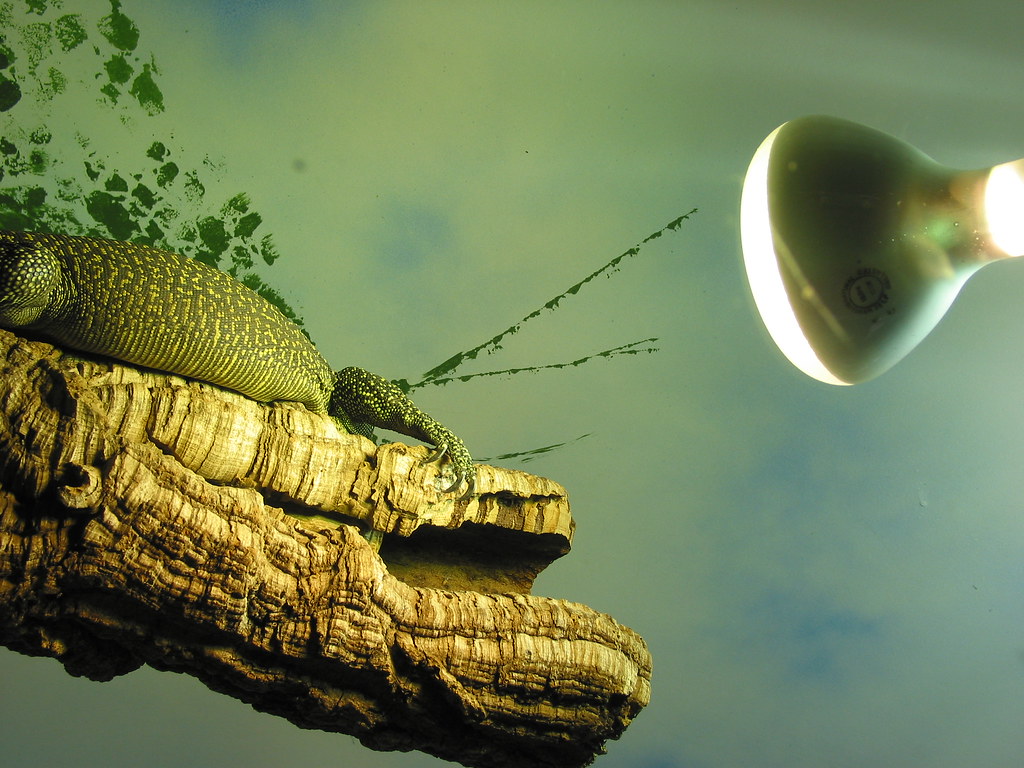
Deep heat projectors (DHPs) represent relatively new technology in reptile heating that provides infrared-A and infrared-B heat waves, penetrating deeper into reptile tissue than traditional heat sources. This heating profile more closely resembles natural sunlight than ceramic heaters or heat mats, potentially offering better biological benefits for reptiles. DHPs produce no visible light, making them suitable for day and night use without disrupting circadian rhythms. These projectors create concentrated heat zones perfect for basking while consuming less electricity than many alternative heating methods. Like all heating elements, DHPs must be used with thermostats and installed in fixtures rated for their wattage to ensure safety and optimal performance.
Halogen Flood Lights: Mimicking Natural Sunlight
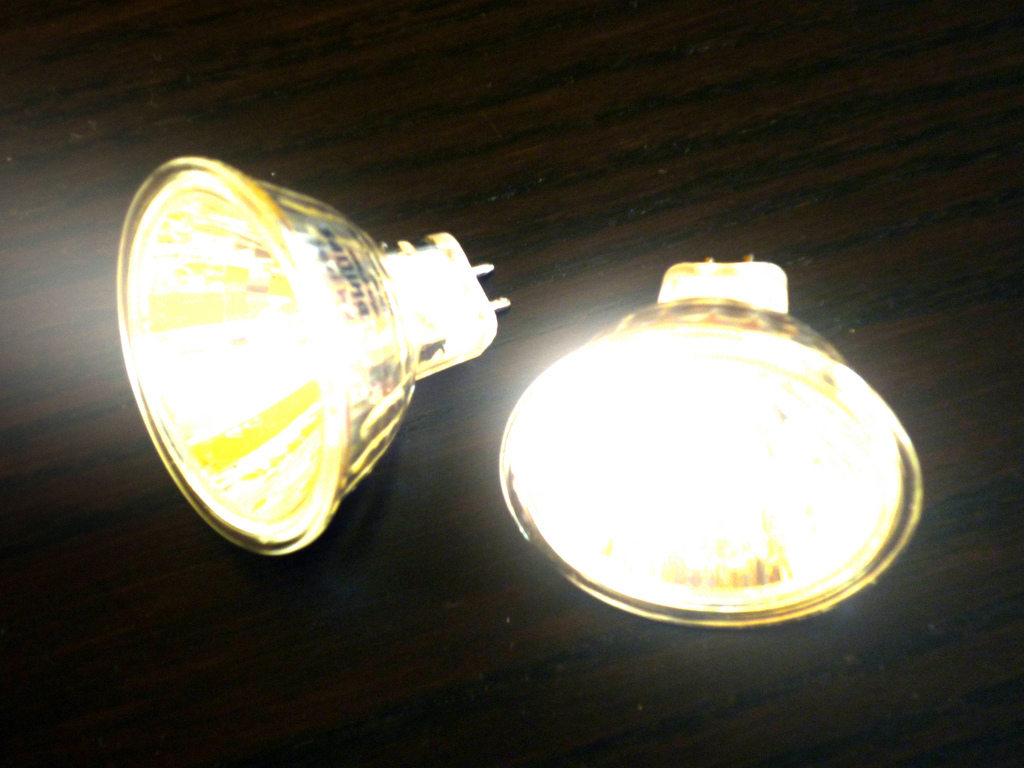
Halogen flood lights provide one of the most sun-like heating experiences for diurnal reptiles, producing both heat and visible light that closely mimics natural sunlight. These bulbs emit a significant amount of infrared-A radiation, which penetrates deeply into reptile tissue, aiding in more efficient thermoregulation and potentially improving overall health. The focused beam creates an intense basking spot that many sun-loving species like bearded dragons and uromastyx actively seek out. Halogen floods should only be used during daytime hours as their bright light will disrupt normal sleep patterns if used at night. When choosing halogen bulbs, select those specifically designed for reptiles or use PAR/BR flood lights from hardware stores that provide similar benefits at lower costs. Always mount these fixtures securely and use appropriate ceramic or porcelain sockets designed to handle their heat output.
Heat Rocks and Hot Stones: Why They Should Be Avoided

Despite their continued availability in pet stores, hot rocks and heated stones are considered dangerous and outdated heating methods that should be avoided entirely. These devices heat unevenly, creating hot spots that can cause severe thermal burns—often without the reptile realizing it until damage has occurred. Reptiles naturally seek warm surfaces to thermoregulate, but they cannot always detect when a surface becomes dangerously hot. The internal thermostats in most commercial heat rocks are notoriously unreliable, frequently failing and allowing temperatures to reach harmful levels. Instead of heat rocks, safer alternatives like overhead heating combined with natural stone or slate (that warms passively) provide the belly heat many reptiles seek without the associated burn risks. The reptile-keeping community and veterinarians have documented countless injuries from these devices over decades.
Creating Safe Heating Zones for Different Species

Different reptile species require customized heating approaches based on their natural behaviors and evolutionary adaptations. Arboreal species like chameleons and certain geckos benefit most from overhead heating that warms branches and elevated perches. Terrestrial species like tortoises and bearded dragons often utilize a combination of overhead heating for basking and some form of gentle ground heating. Fossorial (burrowing) reptiles like sand boas and certain skinks may benefit from moderate under-tank heating that warms the substrate without becoming too hot. For semi-aquatic species like turtles, submersible aquarium heaters rated for their tank volume provide appropriate water temperatures, while overhead heating elements create necessary basking spots. Always research the specific thermal gradient recommended for your particular species and life stage, as juveniles sometimes require different temperatures than adults.
Combining Multiple Heat Sources Safely
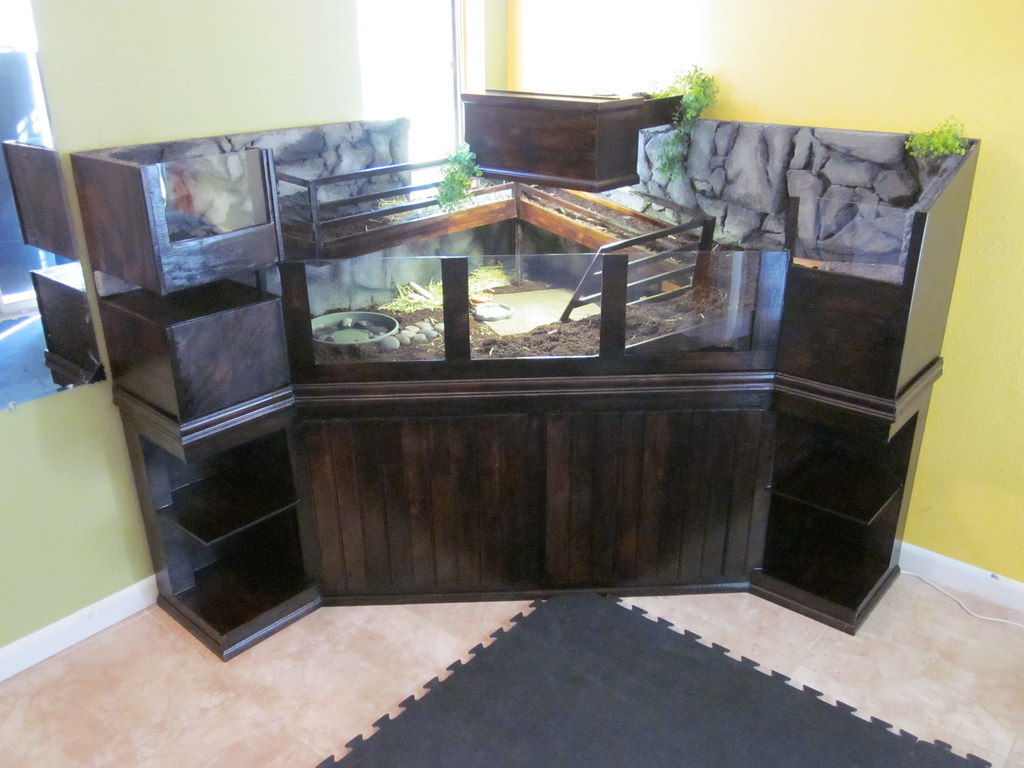
Many experienced reptile keepers use multiple heating methods to create more naturalistic thermal environments that address different physiological needs. For example, a combination of a halogen flood light for daytime basking and a ceramic heat emitter for ambient warmth can provide both the intense basking spot and background heat many species require. When combining heating elements, each device should be controlled by its own thermostat to prevent overheating. Position heating elements to create overlapping zones of influence without concentrating too much heat in a single area. Multiple heat sources should work together to create a smooth temperature gradient from the warmest basking spot to the coolest retreat area. Remember that additional heat sources mean additional electrical load, so ensure your circuits can handle the combined wattage and consider using a surge protector designed for reptile enclosures.
Fire Safety Considerations for Reptile Heating
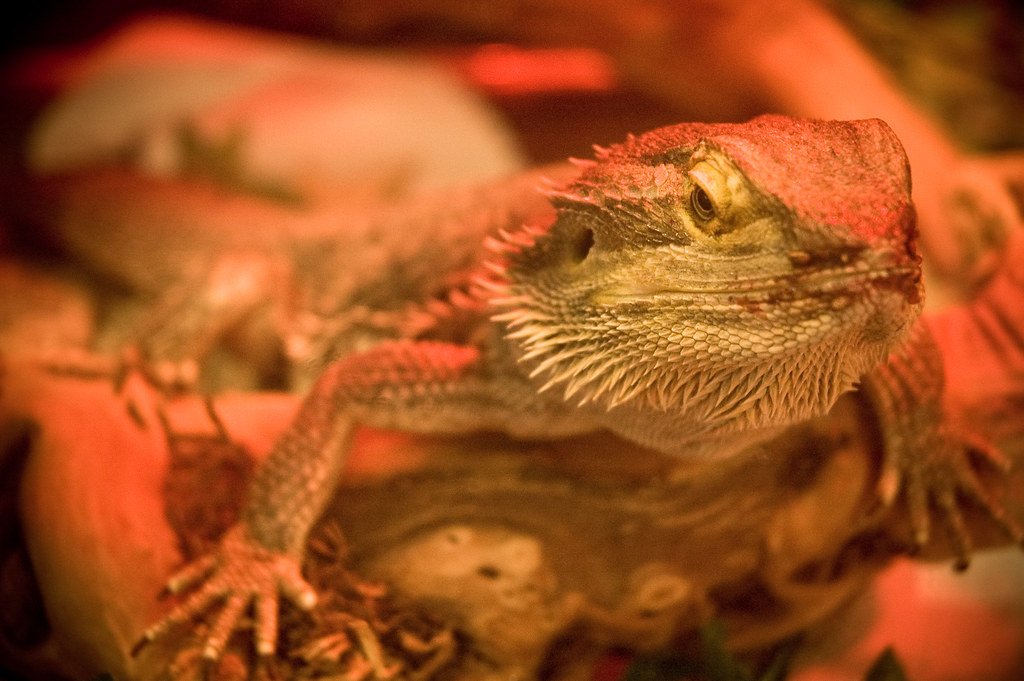
Fire safety should be a primary concern when setting up any reptile heating system. All heating elements should be mounted securely using proper fixtures designed for their specific heat output and wattage. Ceramic or porcelain sockets are essential for high-temperature devices like ceramic heat emitters and deep heat projectors, as plastic fixtures can melt or ignite. Install protective guards or cages around bulbs and heating elements to prevent direct contact with animals, decorations, or substrates. Keep all electrical connections outside the enclosure when possible, and use drip loops on cords to prevent water from running into electrical connections during misting or cleaning. Regularly inspect all heating equipment for signs of wear, damage, or overheating. Consider installing smoke detectors near reptile enclosures and keep a small fire extinguisher rated for electrical fires in the reptile room.
The Role of UVB and Its Relationship to Heat

While not a heating method itself, UVB lighting works synergistically with proper heating to support reptile health and should be considered as part of the overall thermal strategy. UVB enables reptiles to synthesize vitamin D3, which is essential for calcium metabolism and overall health. The effectiveness of UVB is temperature-dependent—reptiles must reach appropriate body temperatures to properly metabolize vitamin D3 and calcium. Most reptiles that require UVB also need temperatures within specific ranges to process these nutrients efficiently. Position UVB bulbs and heating elements together to create basking zones where animals receive both optimal temperature and UVB exposure simultaneously. This integrated approach mimics natural conditions where sunlight provides both heat and UVB radiation. For species with high UVB requirements like bearded dragons and chameleons, mercury vapor bulbs that produce both heat and UVB can simplify setup, though they should still be supplemented with additional heat sources in most cases.
Seasonal Temperature Adjustments and Brumation Requirements
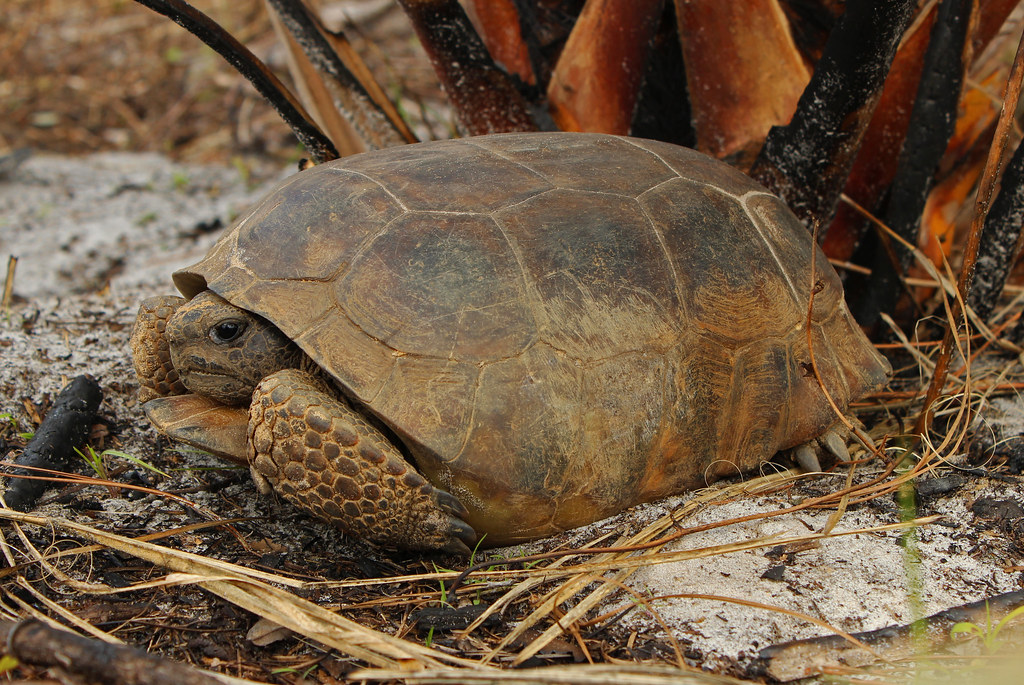
Many reptile species naturally experience seasonal temperature fluctuations in their native habitats, and replicating these changes can benefit their long-term health. Some species require a cooling period called brumation (similar to hibernation) during winter months to maintain proper reproductive cycles and overall health. Creating these seasonal variations requires adjustable heating systems that can be programmed or manually modified throughout the year. Thermostats with day/night and seasonal programming capabilities are invaluable for automatically adjusting temperatures according to natural cycles. For species requiring brumation, heating should be gradually reduced over several weeks to mimic natural seasonal changes, rather than abruptly changed. Before initiating any brumation period, consult with an experienced veterinarian to ensure your reptile is healthy enough for the temperature reduction, as brumation can be dangerous for animals with underlying health issues or inadequate fat reserves.
Troubleshooting Common Heating Problems
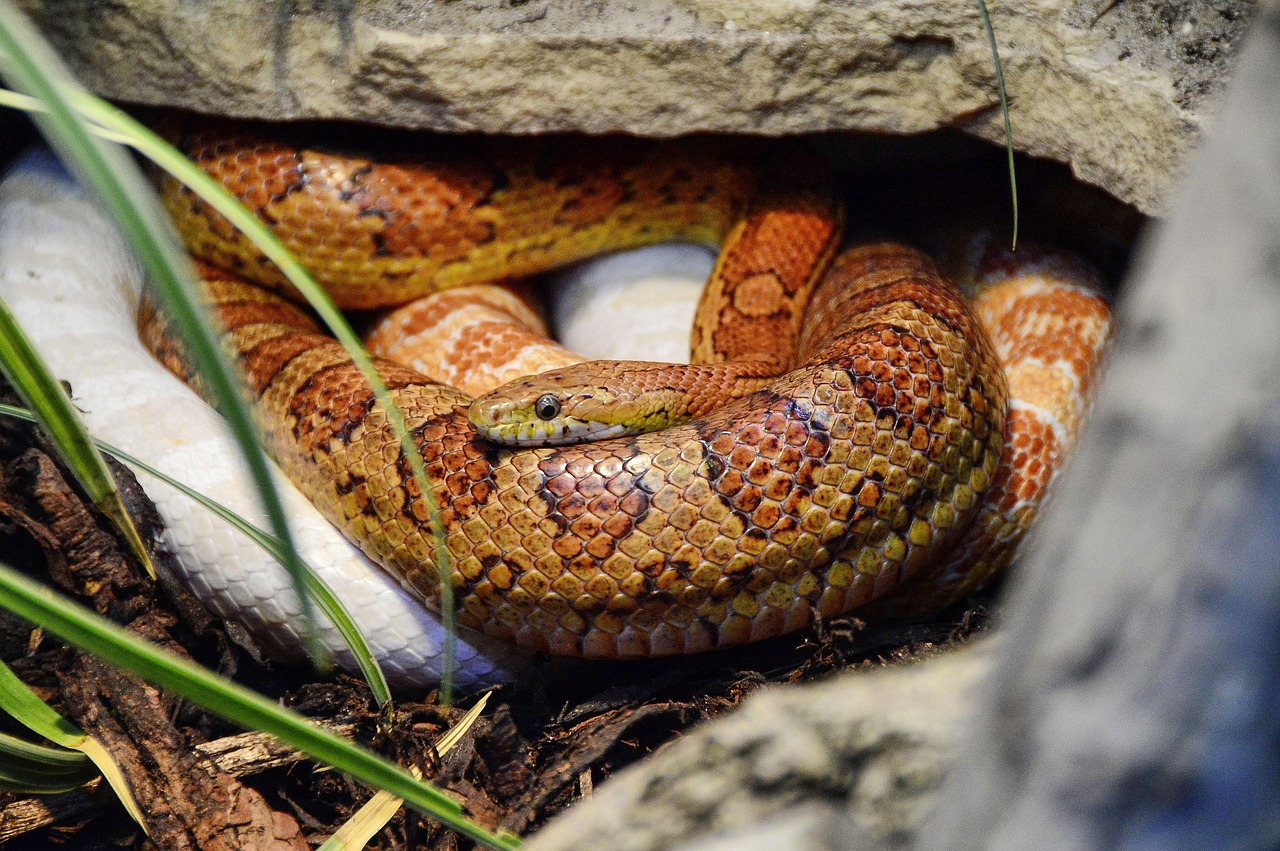
Even well-designed heating systems can develop issues that require troubleshooting to ensure reptile safety. If you notice your reptile avoiding basking areas, check if temperatures are too high or if the heat is too intense for the species. Conversely, a reptile that seems lethargic or spends excessive time basking may indicate insufficient heating. Uneven heating can cause stress and digestive issues—verify your temperature gradient using multiple thermometers placed at different heights and locations. For enclosures that won’t reach target temperatures, consider adding insulation to the outside of glass tanks or adding higher-wattage heating elements as appropriate. Humidity problems often interconnect with heating issues; increased heating typically reduces humidity, while cooler temperatures maintain it better. If you notice equipment cycling on and off rapidly, this usually indicates a thermostat placed too close to the heat source—reposition it to get more accurate ambient readings that reflect what your reptile experiences.
Conclusion: Prioritizing Safety in Reptile Heating
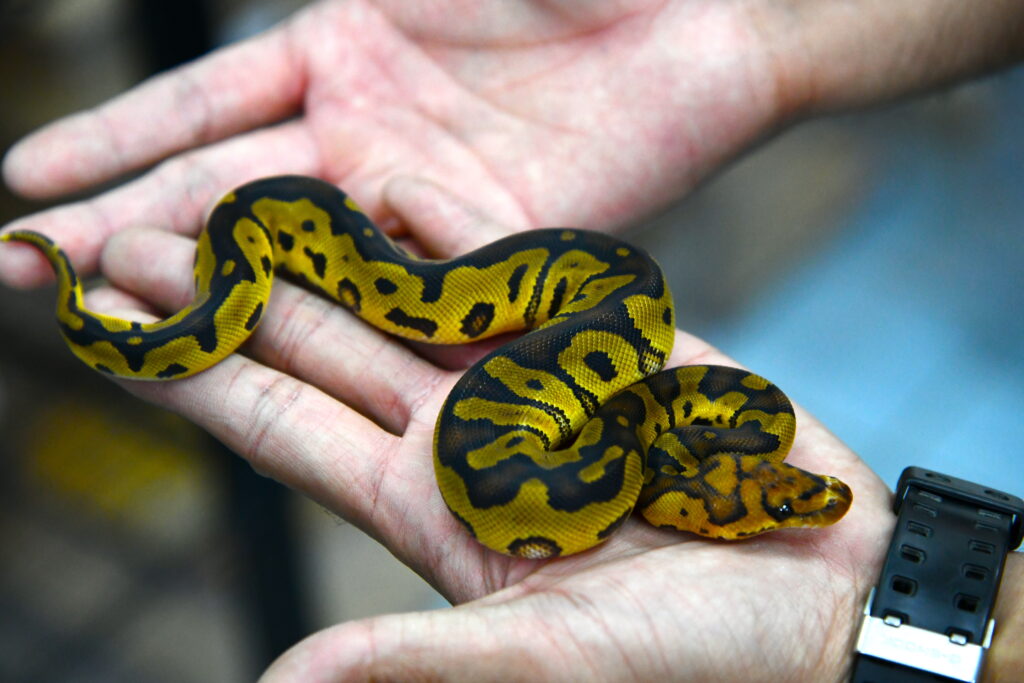
Creating a safe and effective heating system for reptile enclosures requires careful consideration of species requirements, enclosure design, and safety protocols. No single heating method works perfectly for all situations, and many experienced keepers find that combining multiple regulated heat sources provides the most naturalistic and beneficial thermal environment. Whatever methods you choose, never compromise on safety features like thermostats, proper fixtures, and regular monitoring. Remember that the goal isn’t simply to reach certain temperatures but to create a thermal gradient that allows your reptile to self-regulate by moving between warmer and cooler areas. With proper planning and high-quality equipment, you can create a heating system that supports your reptile’s health and wellbeing for years to come. Your investment in proper heating technology and safety equipment is one of the most important contributions you can make to your reptile’s longevity and quality of life.





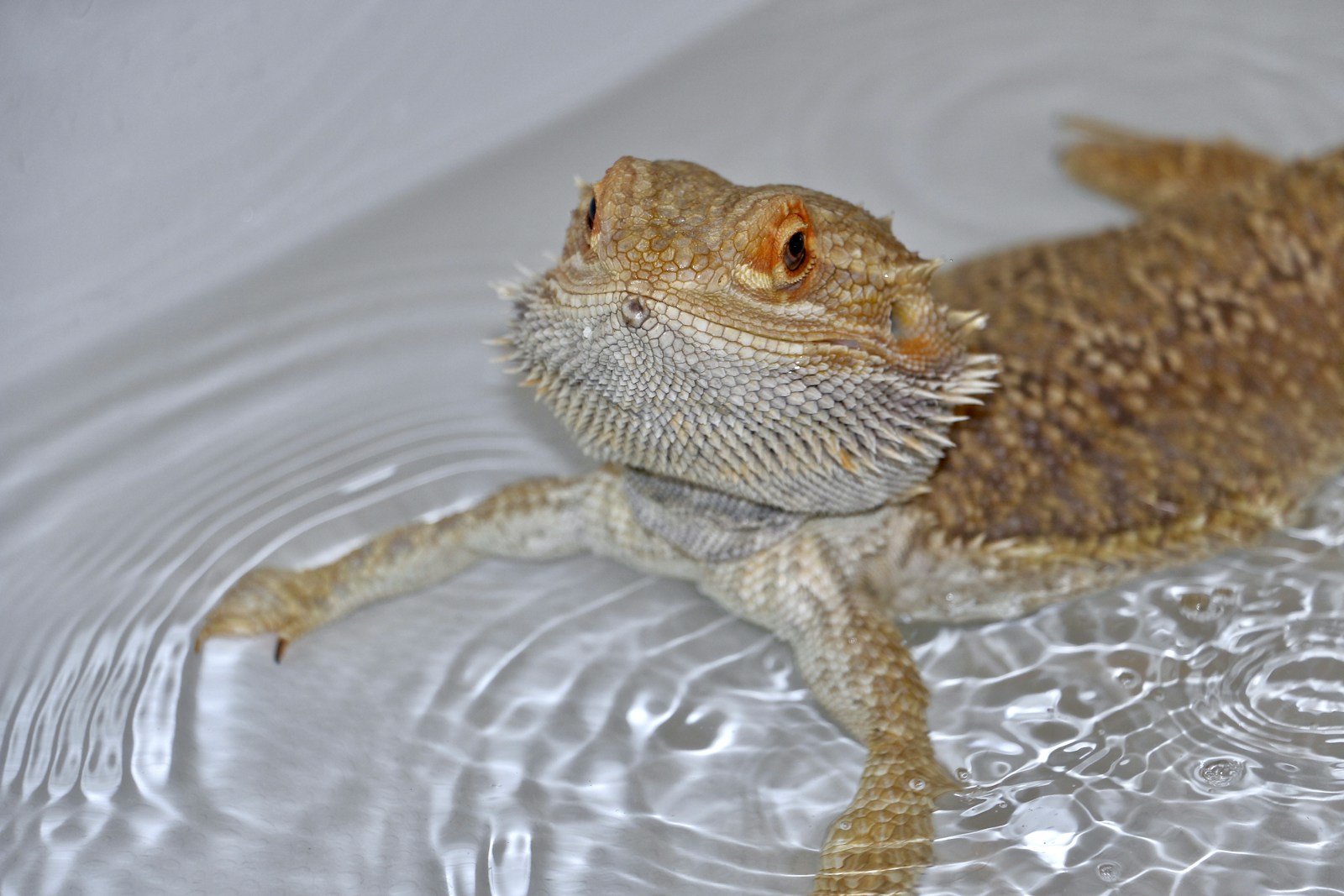
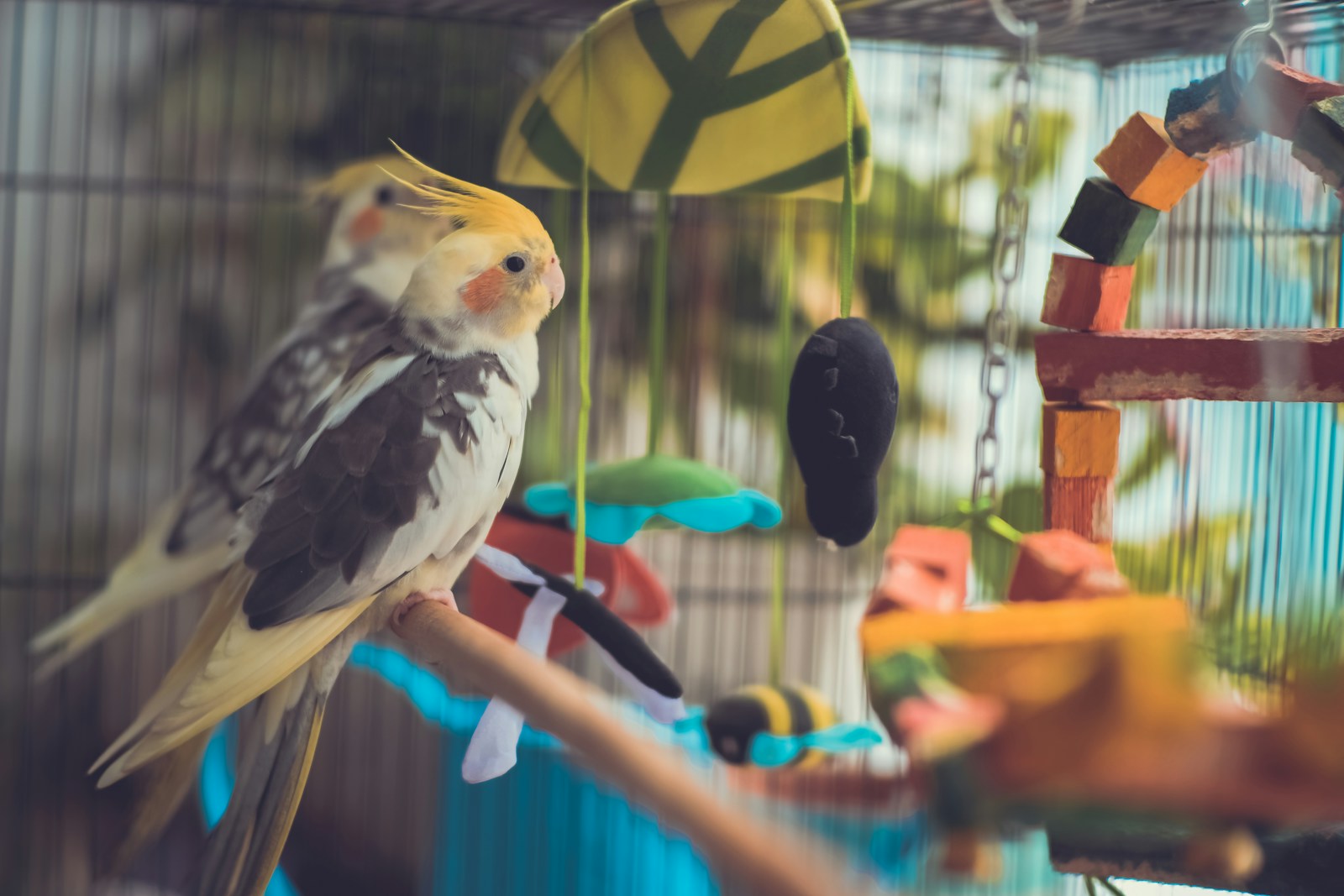



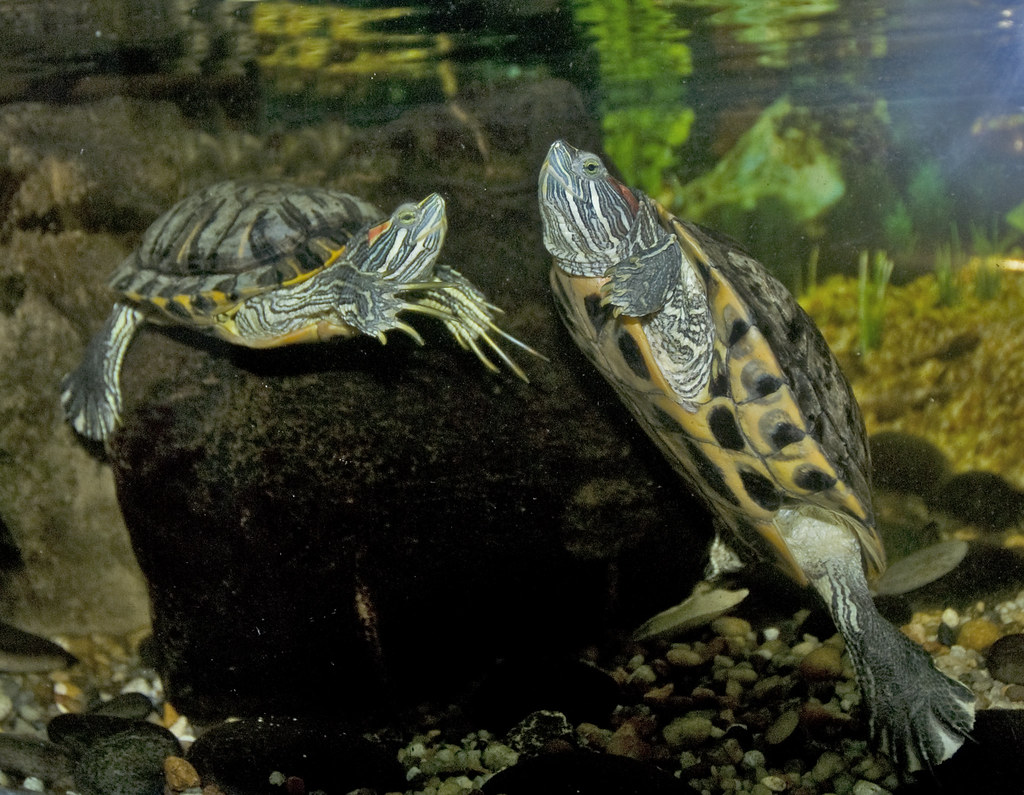




Leave a Reply